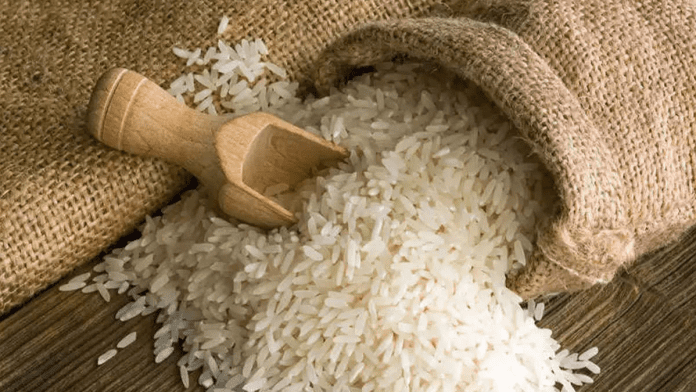News in brief:
â Vietnam experienced a 35% surge in rice exports in 2023, reaching $4.6 billion, filling the gap left by Indiaâs ban on non-basmati white rice exports.
â Thailand is estimated to have shipped over 8 million tonnes in 2023, a 10% year-over-year increase, as it also capitalised on Indiaâs export restrictions.
Rice exports from Vietnam and Thailand have surged, filling a void left by Indiaâs export ban on non-basmati white rice and offering a much-needed boost to their respective economies.
Vietnam saw a 35% increase in rice exports in 2023, reaching $4.6 billion, with major jumps to Indonesia (over 10-fold), Singapore (40%), and Ghana (60%). Export volume exceeded 8 million tonnes, a sharp climb from the 6-7 million tonnes per year average.
Meantime, Thailand, the worldâs second-largest exporter, is estimated to have shipped over 8 million tonnes in 2023, exceeding 2018 levels and marking a 10% year-over-year increase.
Indiaâs July 2023 ban on non-basmati white rice exports, ostensibly to stabilise domestic supplies and prices, created a global gap that Vietnam and Thailand rushed to fill, a news report said.
Subsequently, importing nations like Indonesia, heavily reliant on India, scrambled to secure new sources. In December, Indonesia secured 2 million tonnes from Thailand for 2024, alongside deals with India (1 million tonnes) and Cambodia.
Additionally, the ban led to a 15% jump in benchmark rice prices by August, according to the FAO, reaching $645 per tonne. Vietnam reports a 15-25% overall price increase.
Vietnamese consumers, while facing higher prices (40% increase at markets), see rice as a staple and prioritize it over other expenses.
El Ninoâs impact on production in 2023 was minimal, with Vietnamese output estimated to have increased slightly. However, forecasts suggest high rice prices persisting in 2024 due to potential continued Indian export restrictions and lingering El Nino effects.



